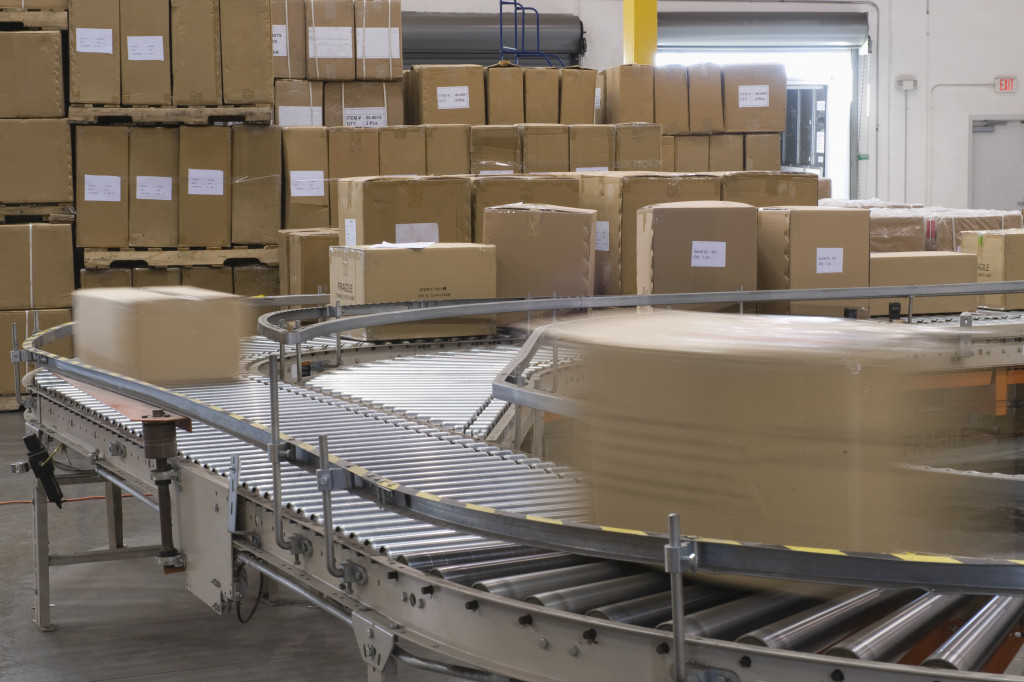- Operational efficiency in manufacturing boosts profitability and competitiveness by maximizing output and minimizing waste.
- Optimizing production processes involves streamlining workflows, reducing waste, predicting maintenance, and embracing technology.
- Successful manufacturing operations rely on partnerships with reliable suppliers for high-quality materials and timely delivery.
- Regular maintenance and proactive repair strategies ensure optimal equipment performance, significantly improving operational efficiency.
Operational efficiency is a critical component in manufacturing operations, ultimately driving profitability and competitive advantage. It measures how well a business can convert resources (like labor, materials, and machines) into goods and services. By improving this efficiency, companies can maximize their output and minimize waste, thus reducing operational costs. According to a report by McKinsey Global Institute, manufacturing operations that prioritize operational efficiency can experience productivity growth of 2-4% annually. Furthermore, manufacturing has the highest multiplier effect of any economic sector, highlighting the significant role of efficient manufacturing operations in economic development.
Efficiency is the key to success in manufacturing, and it can be achieved through various means. Here is a guide to help manufacturing operations achieve maximum efficiency:
Optimizing Production Processes

Optimizing production processes is vital for enhancing operational efficiency as it allows manufacturing operations to streamline their workflows, eliminate waste, boost productivity, and reduce production time. By refining these processes, companies can ensure resources are utilized effectively and products are delivered in the shortest possible time, resulting in increased customer satisfaction and profitability. Here are four ways to optimize production processes:
Streamlining Workflow
To optimize production, it’s essential to streamline the workflow, ensuring each step in the process is efficient and free of bottlenecks. This can involve identifying and eliminating unnecessary steps, automating repetitive tasks, and providing comprehensive training to staff.
Reducing Waste
Implementing waste reduction strategies like Lean manufacturing can enhance operational efficiency. Excess waste not only drains financial resources but can also lead to longer production cycles. By identifying and reducing waste, you can significantly improve your bottom line.
Implementing Predictive Maintenance
Predictive maintenance involves using data-driven, proactive maintenance strategies to reduce costly downtime. By predicting potential equipment failures before they happen, manufacturers can perform maintenance during non-productive hours and avoid disrupting the production process.
Embracing Technological Innovation
Technological innovation, such as Industry 4.0 solutions, can revolutionize production processes. Integrating IoT, AI, and machine learning can automate complex processes, increase precision, and generate real-time data for more informed decision-making.
Partnering with Reliable Suppliers

Partnering with reliable suppliers is a crucial aspect of enhancing manufacturing efficiency. Suppliers provide the raw materials and components needed to manufacture products, and the quality and timeliness of their delivery can significantly impact production schedules and product quality. Consistent, high-quality inputs from suppliers reduce the likelihood of production delays or defects that can derail efficiency and profitability.
One critical supplier every manufacturing operation should partner with is a dependable metal supplier. The right metal supplier can provide high-quality materials, offer expertise in materials selection, and deliver on time to keep production on schedule.
It’s also beneficial to have reliable suppliers for essential components, specialized machinery, and technological equipment used in production processes. A supplier of industry-specific software solutions may also be necessary, as they can provide the technology needed to streamline processes, manage data, and maintain efficient operations.
Remember, the goal isn’t just to find suppliers who can deliver what you need but to build long-term partnerships with suppliers committed to helping you achieve maximum operational efficiency. This may involve suppliers who can provide predictive analysis for demand planning, suppliers who are flexible and can adapt to changes in your production schedule, and suppliers who continually innovate to deliver the best possible materials and components.
Ensuring Proper Maintenance and Repair
Ensuring proper maintenance and repair is a fundamental factor in achieving operational efficiency in manufacturing. Regularly maintained equipment operates at peak performance, minimizing the risk of breakdowns that could lead to costly downtime and hinder production schedules. In addition, well-maintained machinery enhances product quality by ensuring consistent production conditions, thus reducing the likelihood of defects and rework that can drain resources and productivity.
Furthermore, a proactive approach to equipment repair helps manufacturers minimize the impact of unexpected equipment failures. By addressing minor issues before they escalate into significant problems, manufacturers can maintain a steady production flow and keep operational costs in check. This form of equipment management, often facilitated by predictive maintenance strategies, contributes significantly to the overall operational efficiency of manufacturing.
In essence, maintenance and repair are not merely reactionary measures but strategic tools that support high-level operational efficiency and longevity in manufacturing. By integrating regular maintenance and proactive repair into their active strategies, manufacturers can safeguard their productivity, improve product quality, and, ultimately, enhance their bottom line.
Final Thoughts
Manufacturing operations prioritizing maximum efficiency are better equipped to meet consumer demands, adapt to market changes, and stay competitive. The strategies outlined in this guide can help manufacturing operations streamline processes, minimize waste, optimize production schedules, and ensure long-term success. By partnering with reliable suppliers, embracing innovation and technology, and implementing maintenance and repair strategies, manufacturers can achieve maximum operational efficiency.
